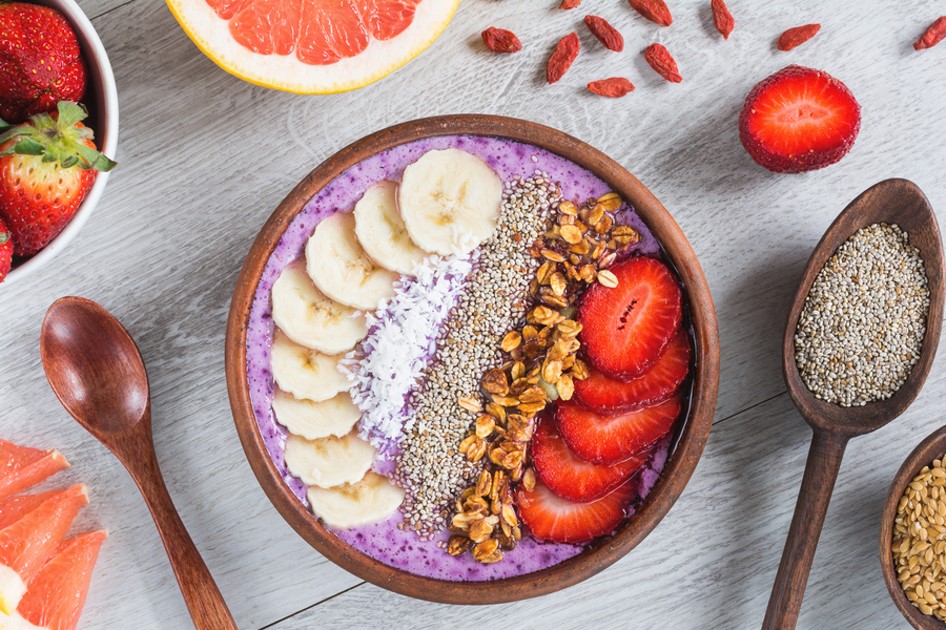Why Consumers Are Choosing Products with Chia
The global chia seed market is forecast to reach $4.7 billion by 2025, growing at an impressive CAGR of 22.3 percent between 2019 and 2025, according to Grand View Research.1 Driving this growth is the increasing interest in plant-based foods in general and plant-based proteins in particular, along with the health and nutrition benefits that chia offers.
In the U.S., chia continues to trend as a superfood and is widely known for its high omega-3 content. Chia protein is also in demand—as an allergy-free protein for use in gluten-free foods and as a plant-based protein source that contributes to protein diversity. Chia fiber is another important benefit of chia, particularly since fiber is a nutrient of public health concern in the U.S. Chia also fits well with paleo, keto, and vegan diets.
Chia Health and Nutrition Benefits
According to the Harvard School of Public Health, chia seeds are rich in protein, fiber, calcium, phosphorus, zinc, and omega-3 fatty acids.2 They have the distinction of being the richest plant source of omega-3s, which have been associated with reducing cholesterol levels and regulating blood pressure. Chia fiber, which is composed of soluble fiber and mucilage, has also been associated with cholesterol reduction, as well as blood sugar control. In addition, chia protein is considered to be a complete protein since it contains all the essential amino acids.
Top Chia Applications in Packaged Foods and Beverages
Food and beverage manufacturers are incorporating chia into their products in a variety of ways. To use chia in consumer packaged goods, manufacturers can choose from whole chia seeds, ground chia, and chia protein concentrate, depending on the application.
While consumers’ initial interest in chia seeds may have derived from their unique functional properties—which allow them to expand and remain suspended in liquid, creating a distinctive visual effect in beverages—it has expanded into product categories throughout the supermarket. Retail applications for chia include:
- Breakfast cereal
- Snacking granola
- Crackers
- Chips
- Bread
- Baking mixes
- Pasta Bars
- Trail mix
- Chocolate
- Pudding mixes
- Yogurt Dressings
- Jams and jellies
- Squeezable fruit gels
- Fruit cups
- Ready-to-drink beverages
For some products, chia is the main attraction—such as World of Chia’s Fruit Spreads, Health Warrior’s Chia Bars, and Mamma Chia’s line of ready-to-drink juice blends. Mamma Chia takes advantage of chia’s top nutritional benefits, with front-of-package claims boasting 4 grams of chia protein, 24 grams of chia fiber, and 2500 milligrams of omega-3 ALA per serving.


